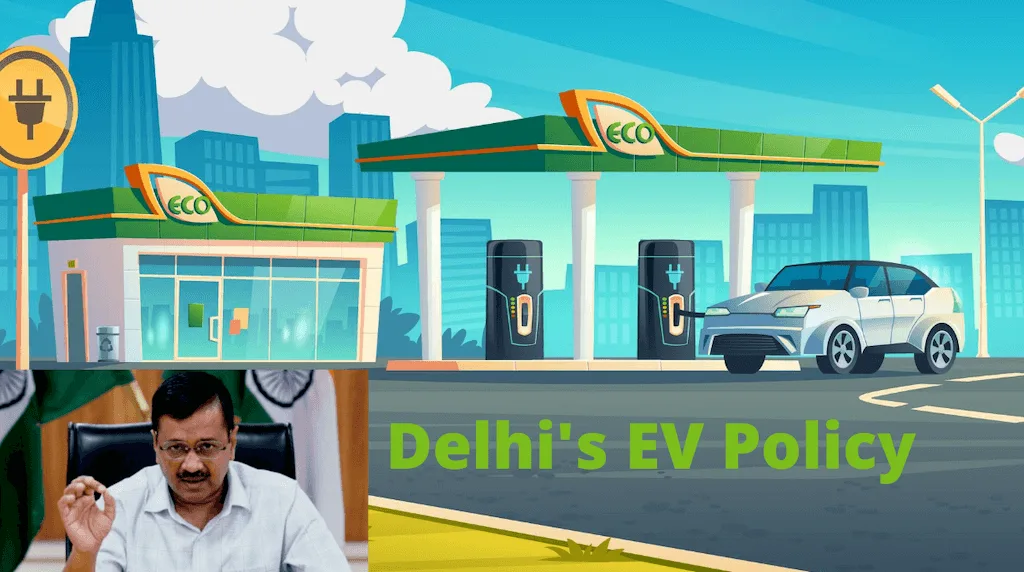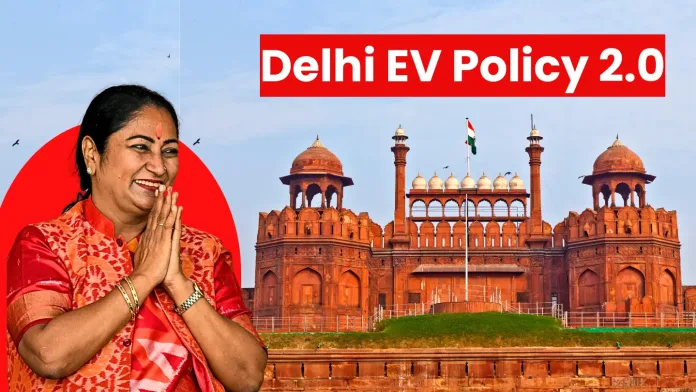Delhi’s EV Policy is set to become India’s electric mobility pioneer with an unprecedented transformation that promises to redefine urban transportation. The city’s Electric Vehicle (EV) Policy 2.0 represents a bold, comprehensive strategy to phase out internal combustion engine (ICE) vehicles and create a sustainable, zero-emission urban ecosystem.
Key Policy Milestones: The Road to Electrification
Critical Transition Dates
| Vehicle Category | Transition Milestone | Effective Date |
|---|---|---|
| Two-Wheelers | Ban on new ICE registrations | August 15, 2026 |
| Three-Wheelers | Ban on new ICE registrations | August 15, 2025 |
| Commercial Goods Carriers | Mandatory EV transition | August 15, 2025 |
| Public Utility Vehicles | 100% Electrification | December 31, 2027 |

Ambitious Targets and Objectives
The Delhi government has set audacious goals for its EV transition:
- 95% EV penetration in total vehicle registrations by 2027
- 98% EV penetration by 2030
- Comprehensive reduction in urban air pollution
- Creation of new jobs in the EV ecosystem
Comprehensive Implementation Strategy
Incentive Mechanisms
- Purchase incentives for electric two and three-wheelers
- Commercial vehicle electrification support
- EV fund backed by green taxes and pollution charges
Charging Infrastructure Expansion
- Target of 13,200 charging stations
- Mandatory EV charging points in new and existing buildings
- New buildings: 20% parking spaces for EV charging
- Existing buildings: Minimum 5% EV charging allocation
Delhi’s EV Policy Provisions
Household Vehicle Restrictions
- Households with two or more cars permitted to purchase only electric vehicles
- Every third car purchased must be electric
Public Transport Transformation
- Electric bus population target of 3,000 by end of 2025
- All intra-city buses to transition to electric models
- Inter-state buses to use BS-VI compliant engines

Challenges and Considerations
Infrastructure Readiness
- Previous policy’s charging point target (45,000) only 10% complete
- Need for aggressive infrastructure development
- Focus on fast-charging corridor creation
Financial Support
Subsidy Structure
- Up to ₹5,500 for e-cycles
- Up to ₹30,000 for e-rickshaws
- Comprehensive financial support for EV adoption
Also Read: Top 5 Mercedes EVs in 2025: The Luxury EVs
FAQs About Delhi’s EV Policy
What is the primary goal of the Delhi’s EV Policy?
To combat air pollution, improve public health, create jobs, enhance energy security, and enable an affordable electric vehicle transition.
When will the policy come into effect?
The policy is expected to be implemented from April 2025, with phased vehicle registration bans starting August 2025.
What happens to existing CNG auto-rickshaws?
CNG auto-rickshaw permit renewals will stop from August 2025, with permits to be reissued as electric auto permits.
Are there penalties for non-compliance?
The policy suggests implementing penalties alongside incentives to ensure effective implementation.
Conclusion: A Transformative Vision
Delhi’s EV Policy 2.0 is more than a transportation strategy—it’s a comprehensive urban transformation plan. By aggressively targeting vehicle electrification, the policy aims to address multiple challenges simultaneously: environmental sustainability, public health, and economic innovation.
While challenges remain, particularly in infrastructure development, the policy represents a bold commitment to creating a cleaner, more sustainable urban future. As other Indian cities watch closely, Delhi is positioning itself as a global leader in electric mobility transformation.
The journey to an all-electric Delhi by 2027 has begun—and the world is watching.


